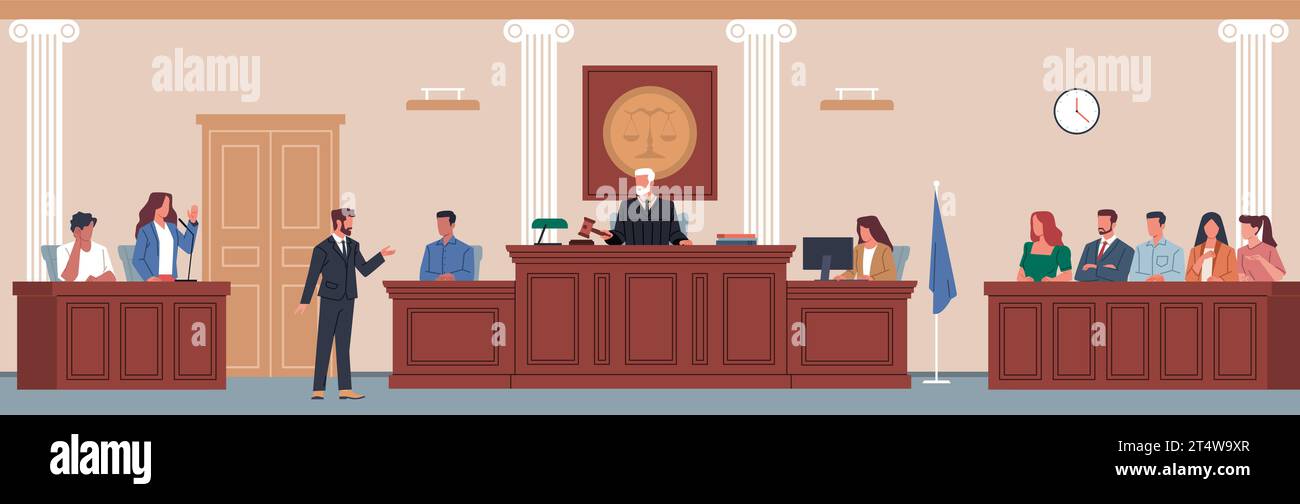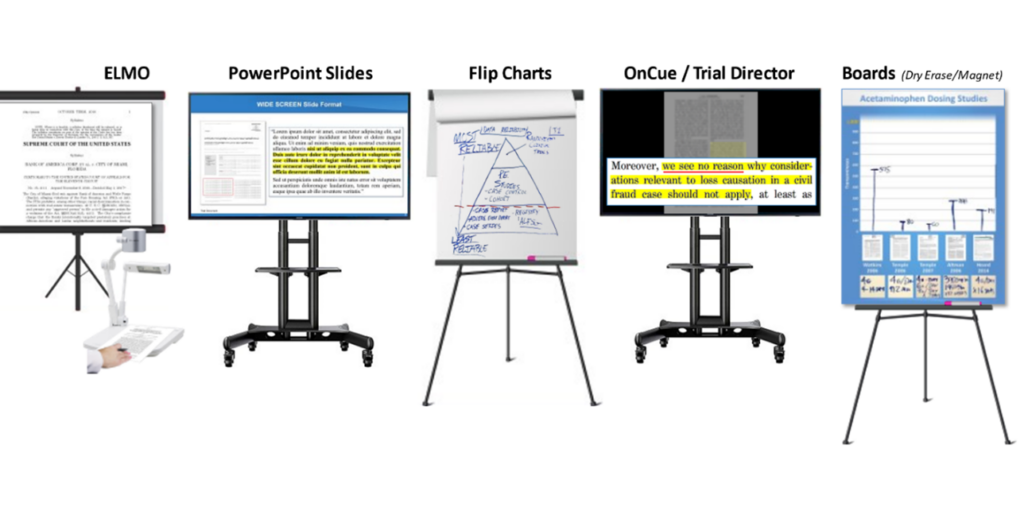Just How Trial Presentations Enhance Your Disagreement and Persuade Jurors
Trial discussions work as a pivotal device for enhancing lawful arguments and persuading jurors. By integrating aesthetic help, narrative frameworks, and emotional interaction, attorneys can create an engaging case that resonates on several degrees. The calculated use visuals not only clears up complex info but also records jurors' attention better than words alone. Nonetheless, the art of storytelling plays a just as crucial function in transforming factual proof right into an engaging narrative, shaping jurors' understandings - trial presentations. Recognizing these elements can dramatically impact test end results, elevating the concern of exactly how each element adds to this complex dynamic.

Value of Aesthetic Aids
Visual aids play an essential duty in boosting the efficiency of trial discussions, as they can substantially increase target market interaction and retention of details. In the context of a test, where jurors are charged with processing facility information, aesthetic help offer to simplify and clear up bottom lines. Graphes, graphs, and photos can convey information and ideas that might otherwise overwhelm or confuse jurors, enabling a much more straightforward understanding of the evidence offered.
Moreover, visual aids help in maintaining juror focus throughout the process. By damaging the dullness of verbal testimony, these tools can stress crucial disagreements, making them much more unforgettable. Effective aesthetic aids can additionally evoke psychological responses, which can be crucial in encouraging jurors to line up with the presenter's story.

Crafting Engaging Stories
An engaging narrative is important in test presentations, as it offers as the backbone of efficient persuasion. It permits attorneys to weave together realities, proof, and emotional elements right into a coherent tale that resonates with jurors. This narrative structure allows jurors to comprehend the intricacies of the case while guiding them with the attorney's argument.
To craft an engaging story, attorneys must concentrate on clarity and coherence. This includes developing a clear protagonist-- often the customer-- and describing their journey through the events concerned. Presenting the truths in a rational sequence enhances understanding and preserves engagement. Additionally, the usage of dazzling descriptions can develop psychological photos that help jurors envision the occasions, making the story much more memorable.
In addition, incorporating vital styles throughout the presentation reinforces the core message and aids in retention - trial presentations. The story ought to not only share details but additionally stimulate a sense of justice, highlighting the stakes involved. Inevitably, a sound story fosters a link between the jurors and the case, positioning the attorney's debate as both reliable and engaging, therefore increasing the probability of a favorable verdict

Engaging the Jury Mentally
Efficient court interaction hinges on the attorney's capacity to connect with jurors on an emotional level. This connection can significantly affect jurors' understandings and their best decision-making.
Visual help, such as photos or videos, can additionally enhance emotional interaction, providing jurors with dazzling representations of the instance's human aspects. Crafting a narrative that here are the findings highlights the battles and accomplishments of the people involved makes sure that jurors see beyond the legal disagreements and identify the human effects of their choices.
In addition, tone and body movement play a vital function in sharing feeling. A lawyer's passionate shipment can reverberate with jurors, enhancing their emotional investment in the instance. It's important to balance sob stories with factual evidence, making sure that jurors really feel urged to act while staying grounded in the truth. Eventually, an emotionally involved court is most likely to be convinced, making emotional link a crucial element of efficient trial presentations.
Structuring Your Discussion

The body of the discussion should be logically segmented right into bottom lines, each supported by compelling proof. It is valuable to make use of narration methods to weave realities right into a story that jurors can quickly comply with. Visual help, such as graphes and video clips, can boost understanding and interaction, helping to highlight crucial pieces of proof.
Real-World Study
Taking a look at real-world situation research studies offers indispensable insights into the art of trial discussions and persuasion. The protection team properly utilized a strategy that incorporated prominent expert testaments with multimedia presentations, which mesmerized jurors and ultimately affected their decision.
One more notable instance is the "McDonald's Coffee Case," where the complainant's lawyers used visuals images of the injuries received by Stella Liebeck. trial presentations. This stark aesthetic proof played an essential duty in conveying the seriousness of her burns, bring about a considerable court honor. Such cases demonstrate that impactful trial presentations usually rest on the efficient assimilation of visuals and storytelling to evoke emotional actions from jurors
In addition, the "Casey Anthony Test" highlighted the importance of narrative coherence and integrity. The prosecution's failing to develop an engaging timeline lessened their influential power, emphasizing the need of a well-structured discussion. Assessing Your Domain Name these instances discloses that effective trial presentations require strategic preparation, psychological involvement, and the capability to weblink resonate with jurors' values and ideas.
Verdict
Trial presentations considerably enhance arguments and encourage jurors via the calculated usage of visual help, compelling narratives, and psychological interaction. By streamlining complicated details and promoting links with the audience, these components create a remarkable and impactful experience. A well-structured presentation balances psychological appeals with accurate proof, inevitably reverberating with jurors' values. The assimilation of these techniques not only affects decision-making yet likewise emphasizes the significance of efficient interaction in the courtroom.